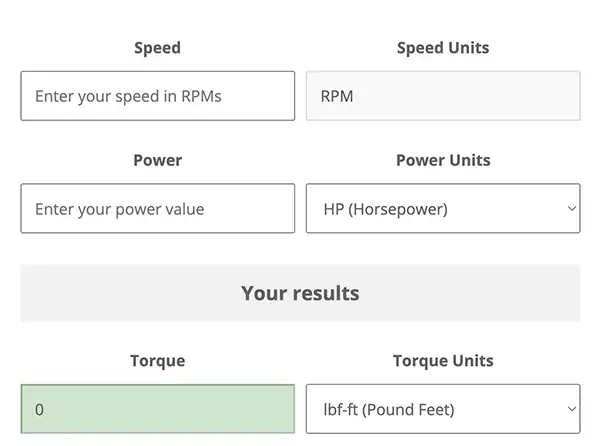Agency Listing Information
Important Agency Listing Information
When is agency listing appropriate?
Agency listings for electric motors are based on a set of codes developed by various private and governmental agencies to regulate safe practices in manufacturing and use of motors. The typical markings required for most electric motor products are placed based on the requirements of each agency, which include Underwriters Laboratories (North America), Canadian Standards Association, and the European Commission in Europe. The recent exit of Britain from the European Union now adds another set of regulations specifically for the UK (UKCE). Independent agencies maintain the standards and verify that manufacturers abide by the appropriate regulations. The specific agency listing required depends on varied regulations based on the region the product will be sold into, the type of product, and its intended use. In Europe, the CE mark is required for nearly all products sold into the EU. In Canada, agency approval is required for most electrical products. No marks are legally required on a national level in the US; however, many localities require agency approval of electrical products that will be connected to the electrical grid.
What is the difference between UL, CSA, and CE marks?
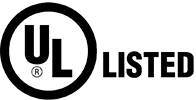
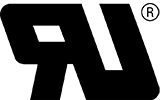
The UL mark is issued by Underwriter’s Laboratories and is found on products that are UL listed. RU is also an Underwriter’s Laboratories mark and is often found on component parts of products that are UL listed.
Other UL markings can be seen on the UL.com site:

ETL is a competing approval agency to UL, with all testing following the same UL requirements. Typically, this mark is accepted in North America as equivalent to UL or CSA. Both UL and ETL are Nationally Recognized Test Laboratories.
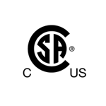
The CSA marks are from the Canadian Standards Association and are mandatory for most electrical devices sold in Canada.
Other CSA markings can be seen on the CSAGroup.org site:
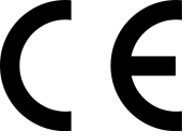
The CE mark is required on all products sold into the European Economic Region (EEC). CE requirements vary based on the type of product and intended usage. Electromagnetic products have specific requirements related to EMI and will usually involve testing from a recognized third-party. An example of a third-party CE services provider and information regarding the CE process is linked here:
What is the difference between UL listing and UL recognition?
UL Listed indicates that a product conforms to certain published safety standards for a specific category of equipment and is typically used as a standalone product. Most electric motors are UL Listed under codes UL1004-1 or UL1004-3.
UL “recognition” applies to components intended for use within a product and are not typically useful as a standalone product on its own. Power supplies, fuses, safety capacitors (X and Y capacitors) and thermal protection components often have the UR mark. Using UL recognized components will often reduce the time and expense necessary to obtain a UL listing.
Is it necessary to submit to both UL and CSA for products sold in the US and in Canada?


At one time it was necessary to comply with both UL and CSA to cover North America. UL and CSA have since harmonized their standards and can provide listings marked for both markets. Below are examples of markings from UL and CSA covering the USA and Canada.
Can I use a motor in my product that does not have a UL or CSA mark?
The ultimate end use and applicable standard will determine if an unmarked motor can be used in a specific application. A motor carrying a UL and/or CSA listing will make getting the entire machine listing easier. If a motor is unmarked, it may be necessary to test the motor to the appropriate standard as part of the overall testing requirement.
When is it not necessary to have agency approval on a motor?
Typically, it is not necessary to have agency approval in the US for a motor that is battery powered or is powered by a low voltage current limited power supply.
Are there other related regulations to be considered?
The agency certifications discussed in this article cover the major requirements that involve actual testing and independent review from an authorized third party organization. In recent years, environmental requirements have emerged that also need to be examined. The two new regulations required in many countries include RoHS, which regulates specific materials and chemicals that are no longer allowed in products, and REACH, which has additional requirements for use of numerous chemicals and chemical compounds. An additional regulation that has become more prevalent is Conflict Mineral reporting (created in 2010 with the passage of the Dodd-Frank Act and subsequent ruling from the SEC) which requires publicly traded companies to identify the source of four conflict minerals (tin, tantalum, tungsten, and gold) that may be used in their products. The goal of this regulation is to promote the ethical treatment of workers who mine these specific minerals in various regions.
 Request a Quote
Request a Quote
